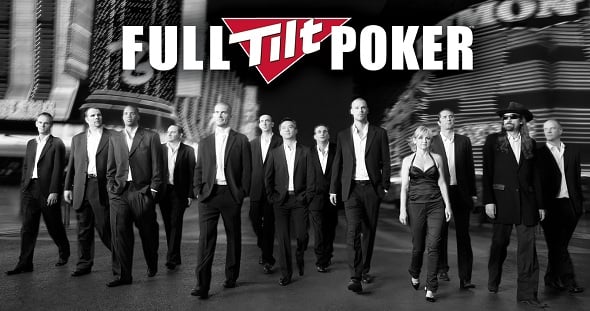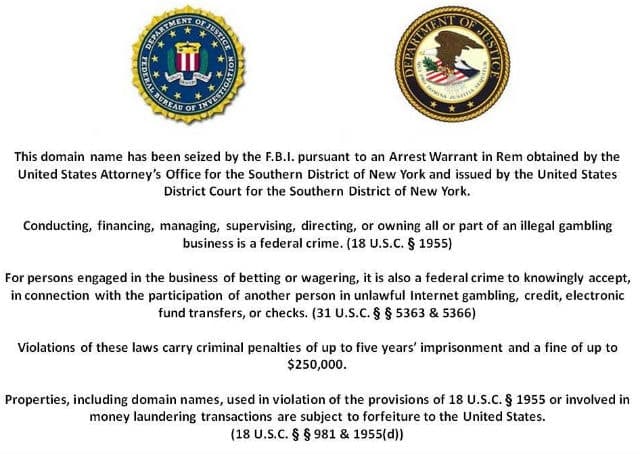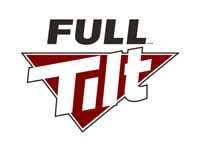The Rise and Fall of Full Tilt Poker: An Online Poker Giant’s Story

The Making of a Poker Powerhouse
Full Tilt Poker emerged in the early 2000s as a dominant force during the boom of online poker. While it faced competition from industry leaders like PokerStars and Party Poker, Full Tilt gained a loyal following and unique identity. The brand’s appeal began with a star-studded lineup, boasting poker legends including Phil Ivey, Chris “Jesus” Ferguson, Howard “The Professor” Lederer, and Tom “durrrr” Dwan. Their involvement made Full Tilt a hotspot for fans eager to play against or watch top professionals.
Beyond its roster, Full Tilt Poker stood out thanks to its innovative, cartoon-inspired software. The platform combined playful avatars with a practical, intuitive interface that was ahead of its time—making gameplay enjoyable yet accessible.
Today, anyone searching for Full Tilt Poker may find a familiar website, but it serves only as a visual skin layered over PokerStars’ platform, retaining little of the original beyond some design elements.
Explosive Growth in the Online Poker Era
The surge in poker’s popularity began in the early 2000s and spiked dramatically in 2003 after Chris Moneymaker’s unexpected World Series of Poker Main Event victory. Sensing a business opportunity, Chris Ferguson teamed up with Ray Bitar to launch Full Tilt Poker in July 2004.
Recruiting other acclaimed players such as Howard Lederer, Phil Ivey, John Juanda, Erick Lindgren, and Jennifer Harman, Full Tilt positioned itself as the destination where fans could “play with the pros.” This slogan, coupled with strategic sponsorships—most notably the popular “High Stakes Poker” TV show—helped the site rise rapidly in visibility and player numbers.
Full Tilt became synonymous with high stakes action, featuring nosebleed games at limits like $300/$600. By the end of 2005, Full Tilt Poker had overtaken its primary rivals, Party Poker and PokerStars, as the dominant name in online poker. Players flocked to the site for the chance to engage with legends or simply spectate thrilling cash games.
Navigating Uncertainty: The UIGEA and Full Tilt’s Gamble
The landscape shifted dramatically with the passing of the Unlawful Internet Gambling Enforcement Act (UIGEA) in 2006, which prohibited U.S. financial institutions from processing transactions for online gambling platforms. American players, who comprised a large segment of the global player base, were suddenly cut off.
While Party Poker chose to exit the U.S. market to avoid legal risks, Full Tilt Poker and PokerStars opted to continue accepting American traffic, navigating a legal gray zone. For a while, this decision appeared to give Full Tilt an advantage, reducing competition and solidifying its market position.
However, beneath the surface, unresolved legal and financial threats continued to loom. The choice to stay in the U.S. market ultimately paved the way for Full Tilt’s crisis.
The Impact of Black Friday on Full Tilt Poker
On April 15, 2011—an infamously dubbed “Black Friday” in online poker history—the U.S. Department of Justice (DoJ) launched a crackdown on the leading poker sites operating in America. Websites for Full Tilt, PokerStars, and Absolute Poker were seized without warning. Players logging in were confronted with legal notices and faced immediate uncertainty over their funds.

Many had significant account balances trapped in limbo. The DoJ’s enforcement was a wake-up call demonstrating that the UIGEA was not to be ignored.
Broken Promises and Financial Turmoil
In the days following Black Friday, Full Tilt Poker issued statements assuring players their funds were secure and that all U.S. balances would be refunded. While the site continued international operations briefly, troubling inconsistencies soon surfaced. The DoJ halted FTP’s remaining operations, exposing critical financial shortfalls.
Investigations revealed that Full Tilt had for years processed player deposits that were never actually received from certain payment processors—especially from U.S. sources. Nevertheless, the site credited funds to player accounts and allowed them to continue playing, creating a growing gap between actual bank balances and reported player funds.
Complaints about withdrawal delays had emerged even before Black Friday, but once new deposits stopped and operations ceased, the cash reserves proved inadequate. Full Tilt Poker was unable to fulfill withdrawal requests, leaving countless players without access to their money and resulting in allegations of a Ponzi scheme.
Responsibility and the Aftermath
In the wake of the scandal, scrutiny centered on Full Tilt’s leading figures—Ray Bitar, Howard Lederer, and Chris Ferguson. The poker world demanded answers, but the public responses were vague and unsatisfying, with many executives distancing themselves from direct accountability.
 Image: Wikimedia Commons
Image: Wikimedia CommonsInvestigators disclosed that leadership had aggravated the crisis by extending substantial uncollected loans to high-profile players from company funds. Ultimately, the blame landed squarely on those in charge, who faced legal penalties and isolation from the poker community. However, the full story of the company’s final years remains clouded in secrecy, prompting speculation about how different events might have unfolded had Black Friday never come.
PokerStars Steps In to Rescue Players
With Full Tilt unable to resolve its debt to players, the site’s future grew increasingly uncertain. In a landmark move in July 2012, PokerStars agreed to acquire Full Tilt Poker, taking on the responsibility of repaying all affected users—both in the United States and worldwide.
Players outside the U.S. could soon access their FTP accounts and withdraw funds or transfer balances to PokerStars accounts. For American users, repayments were delayed due to legal procedures, and the process stretched until 2014 before the first payments were delivered. Ultimately, PokerStars’ acquisition restored confidence and safeguarded millions of dollars for Full Tilt’s customer base.
The Sunset: Full Tilt Poker Is Phased Out
Initially, PokerStars maintained Full Tilt Poker as a separate room, giving hope to its former community that the iconic brand could regain relevance. However, rebuilding credibility after such a major scandal proved too difficult.
As PokerStars enjoyed its position as the world’s leading poker site—and with player goodwill enhanced by its intervention—it made little sense to invest further in reviving Full Tilt as an independent entity. Eventually, the brand was retired, the stand-alone software discontinued, and the site transformed into a simple visual variation of the PokerStars platform.
Players downloading the Full Tilt software today simply enter the PokerStars ecosystem, playing in the same games alongside the same player pool.
Full Tilt Poker’s Legacy: Remembering an Online Phenomenon

Full Tilt Poker remains a nostalgic memory for those active in online poker’s golden era. The platform was the stage for legendary clashes, with ambitious newcomers and established pros competing on some of the world’s biggest virtual tables.
Moreover, Full Tilt’s diverse offerings—from massive freerolls to micro-stakes games—enabled countless players to experience poker and build starting bankrolls. While its collapse is a cautionary tale, the brand’s impact on online poker culture and innovation is undeniable.
Though PokerStars ultimately decided to retire Full Tilt Poker, the name will always evoke memories of both tremendous excitement and one of the most dramatic downfalls in online gaming history.
For further reading on poker legends and pivotal industry stories, check out related guides and features on the evolution of online poker.










